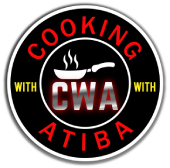Welcome to the only Sourdough Starter lab you will ever need. My goal is straightforward, to slow down and visually walk you through every step of creating a sourdough starter from scratch. Creating a sourdough starter can be emotional; the process was emotional for me because you don’t want to kill the thing (you really won’t). Over the next 7-10 days, I will teach you the basics of sourdough culture and we will demystify some of the terminology you may have heard. Let me assure you: creating a sourdough starter is EASY, baking sourdough bread is EASY! Sourdough does, however, require patience. So, What is a Sourdough Starter any way!
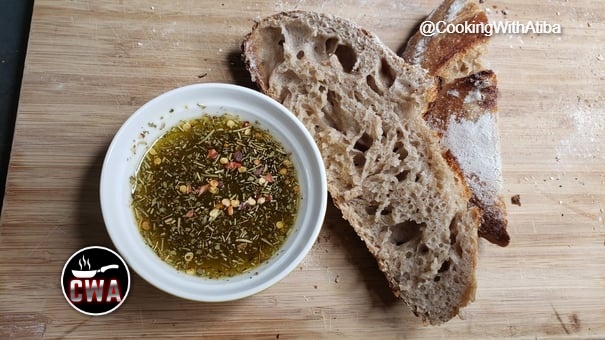
What is Sourdough Starter?
Sourdough Starter is a wild yeast and good bacteria culture! That’s it? Yep, that’s all it is. The more significant questions are the how and why of Sourdough Starter and “what the heck” is wild yeast?
What is Sourdough Starter?
Sourdough Starter is a wild yeast and good bacteria culture! That’s it? Yep, that’s all it is. The more significant questions are the how and why of Sourdough Starter and “what the heck” is wild yeast?
Flour that you buy from the store naturally contains millions of wild yeast. These little guys are in there dormant awaiting someone to add water to them. When you add water to the flour (making paste like we used to as little kids) and then leave that paste to its own devices for a couple of days, nature begins to take its course. I won’t bore you with all the scientific details here but what you need to know is: after a couple of days nature starts to produce good bacteria that produce food for the wild yeast and they begin to “wake up” and feed.
Over the course of 7-10 days, our goal is to aid the yeast in becoming active and vibrant. How do we know they are active: “BUBBLES”. You have probably seen a bubbly starter on Instagram. I love watching those time-lapse videos as you see people’s starters “grow” and get all bubbly. Do you?
What’s going on in those videos is yeast produces carbon dioxide that gets trapped in the flour and water waste mixture, and that creates the bubbles (this is also what gives bread its rise: carbon dioxide trapped by gluten strands in bread).
Now that we know a little of HOW a sourdough starter happens, the next obvious question is WHY do we create a sourdough starter. Sourdough baking is the most primitive form of baking leavened bread known to humans. This technique dates back thousands of years; its the original way to make bread. It is very much a return to our roots and a healthier way to eat bread. The health benefits of eating sourdough bread vs regular bread made with active dry yeast on your gut health alone are enormous. The Biggest reason why we want to use a sourdough starter is because of its health benefits.
What is a Sourdough Starter Lab?
A 7 day live hands on video training with me. In each daily 20 minute session we will take steps to grow your very own sourdough starter culture in your kitchen.
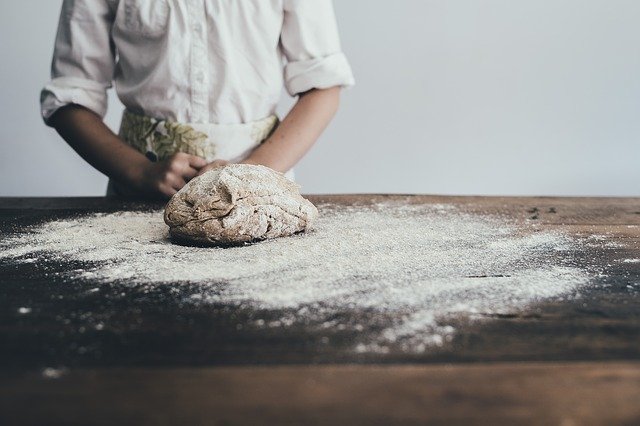
What is a Sourdough Starter Lab?
I do not believe you should begin a sourdough starter on your own. Today Youtube is full of tutorials on how to create a sourdough starter and ALL of them are different and ALL of them are incomplete. Truthfully its not the author of those videos faults. The truth is there is no 100% correct way to create a sourdough starter. Also, there is so much information to cover that its impossible to cover it all in 1 or even a few videos. Add on top of that that you can’t ask questions and every starter ever created is different and they all react differently and you can quickly see why it’s hard to just watch a couple of videos.
I created the Sourdough Starter Lab to solve these issues. We will spend 7 days (20 minutes a day) together over video conference where I will walk you through every step and answer all of your questions. Daily we will examine your starter and make adjustments.
Why is video conference necessary? Honestly, because creating a sourdough starter is emotional. On my second day of creating my starter, it tripled in size and I thought I was a genius. Then on Day 3 through day 6 it did not grow and there was no activity other than this nasty black liquid and I was panicking thinking I killed the thing. I did not! Using video conference I can see your starter and we can share with each other and learn together and help each other manage our emotions.
BONUS: I always start Labs on Tuesdays so by the following Saturday or Sunday students can bake their first sourdough items while we are still all together and we can share in the stories and adventure together. On Day 3 of the Lab, we will each choose what recipe we would like to make.
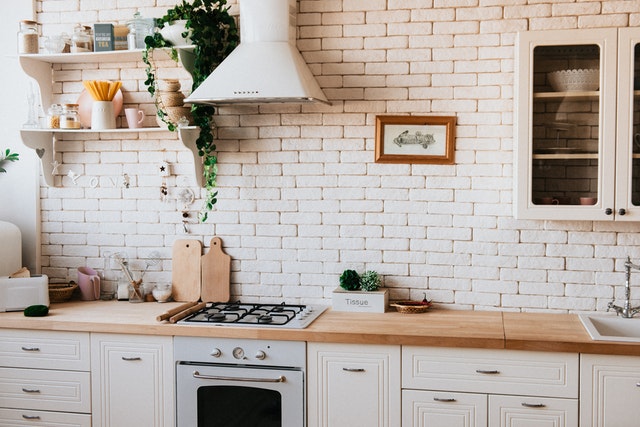
Here is ALL you get with your Sourdough Lab
- Access to register for ANY of my live Sourdough Starter Lab week-long session
- 7 pre-videos (one for each day) that delve into lessons and practical teaching about sourdough starter
- 1- Day 1 Video to show you how to start your starter
- 1-Daily Feeding video that will walk you through step by step what you must do every day to aide the wild yeast to become strong and vibrant
- Access to a Facebook group where you can ask questions and get help
- Access to my Intro to Sourdough Baking eRecipe Book and video series
- Sourdough Baking Terminology cheat sheet
Only $29
Here are some of the topics we will cover together:
- What is an appropriate feeding schedule?
- There seem to be a lot of numbers and ratios, what’s everyone talking about?
- How do different types of flour affect my starter and my bread?
- What is Sourdough discard and what do I do with it?
- How does temperature affect your starter?
- Understanding the smell of your starter?
- Understanding how your starter communicates its needs and moods to you?
- How can I tell if my starter is mature?
- How do I maintain a mature starter
- And many more topics…
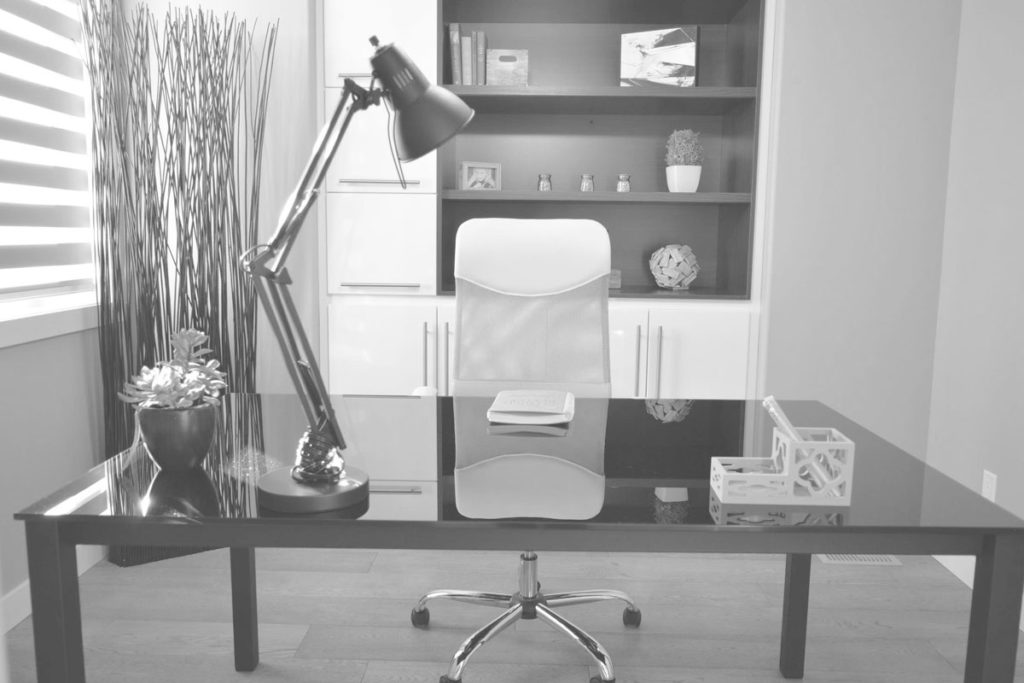
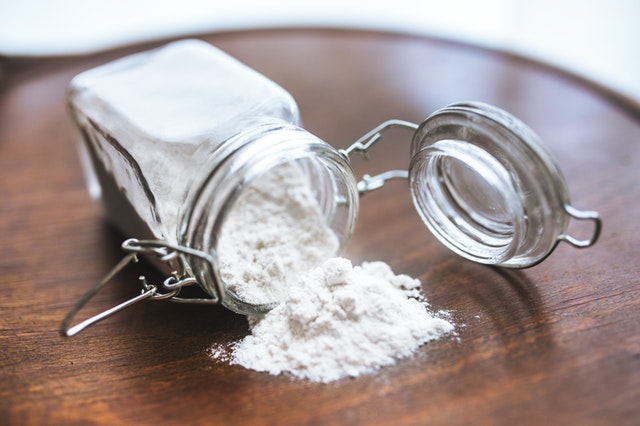
What do I need for my Sourdough Starter Lab?
- A digital scale that measures in grams. I suggest this one
- 2 – 8-ounce mason jars (with screw-on lids)
- 1 – 16-ounce mason jar (with a screw-on lid)
- 1 – 5lb bag of Bob’s red mill or 100% Organic Whole Wheat flour
- 2 bottles of water
- 1 butter knife
- 2 teaspoons
- 2 rubber bands
Frequently Asked Questions
Do I have to attend the week-long live sessions?
No, you do not have to participate in the live sessions! I offer the sessions to be your aide. You can follow this lab on your own. Also, with access to our Facebook group, you can ask questions, get help, and share stories!
What type of flour do I need?
For our Sourdough Starter Lab, we are going to use Organic Whole Wheat flour. I recommend either Bob’s Red Mill or King Arthur products. Truthfully any organic Whole Wheat will be great.
Can I use different size mason jars?
Yes, absolutely. The key to the mason jar is we want them tall and not very wide.
What is Active Dry Yeast vs Sourdough Starter?
Both active dry yeast and Sourdough starter are the yeast that can leaven your bread and baked goods. The major difference is Active dry yeast is harvested through a man-made chemical process designed to shortcut nature and Sourdough starter is nature’s natural process. In the vein of eating cleaner and a healthier lifestyle, it is always best to choose natures process.
What Temperature should my kitchen be?
Sourdough starters prefer temperatures between 75-82 degrees Fahrenheit. The acceptable range is 70-85 degrees.
Do I need an electric scale?
The short answer is no. However an electric scale that measures in grams will make you experience a ton easier. If you do not have an electric scale then we can also use measuring spoons.
